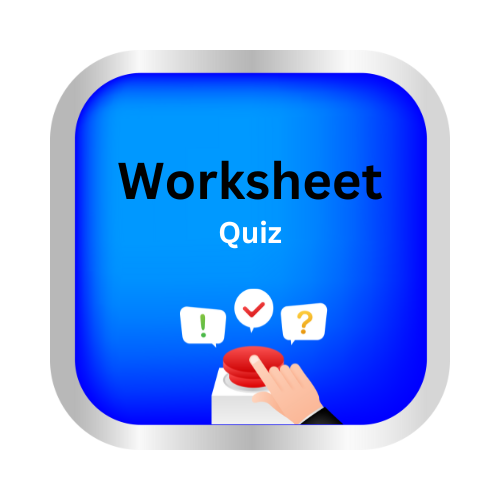Identify transitive and intransitive verbs
Key Notes:
| What is a Verb? |
A verb is a word that shows action 🏃♂️, state of being 😌, or occurrence 💥.
👉 Example: run, eat, sleep, jump, is, seem
| Types of Action Verbs |
Action verbs can be divided into two types:
- 🔹 Transitive Verbs
- 🔹 Intransitive Verbs
| What is a Transitive Verb? |
A transitive verb is a verb that needs an object to complete its meaning. 🎯
➡️ The action passes from the subject to the object.
🧩 Pattern: Subject + Verb + Object
✅ Examples:
- She plays 🎸 the guitar.
- The teacher wrote ✍️ a letter.
- He kicked ⚽ the ball.
👉 Here, “guitar,” “letter,” and “ball” are objects that receive the action.
| What is an Intransitive Verb? |
An intransitive verb does not need an object to make sense.
➡️ The action does not pass to an object.
🧩 Pattern: Subject + Verb
✅ Examples:
- The baby cried. 😭
- Birds fly. 🐦
- He slept. 😴
👉 The sentences are complete without objects.
| Quick Trick to Identify |
🕵️♀️ Ask the question “what?” or “whom?” after the verb.
- If you get an answer 👉 Transitive Verb
- If you don’t 👉 Intransitive Verb
✅ Example:
- She reads (what?) – a book. 📖 → Transitive
- She reads every morning. 🌅 → Intransitive
| Same Verb – Both Types! |
Some verbs can be both transitive and intransitive depending on the sentence.
✅ Examples:
- He runs every day. 🏃♂️ (Intransitive)
- He runs a company. 🏢 (Transitive)
- The bell rings. 🔔 (Intransitive)
- The teacher rings the bell. 👩🏫🔔 (Transitive)
| Summary Table |
| Verb Type | Needs Object? | Example | Emoji |
|---|---|---|---|
| Transitive | ✅ Yes | He ate 🍎 an apple. | 🎯 |
| Intransitive | ❌ No | He slept 😴. | 🌙 |
| Remember |
- All transitive verbs have an object.
- Intransitive verbs stand alone.
- Some verbs can be both, depending on the context.
| Practice Tip |
💡 Find 5 sentences and identify whether the verbs are transitive or intransitive.
🎮 Challenge yourself: Change one type into the other!
Let’s practice!🖊️

